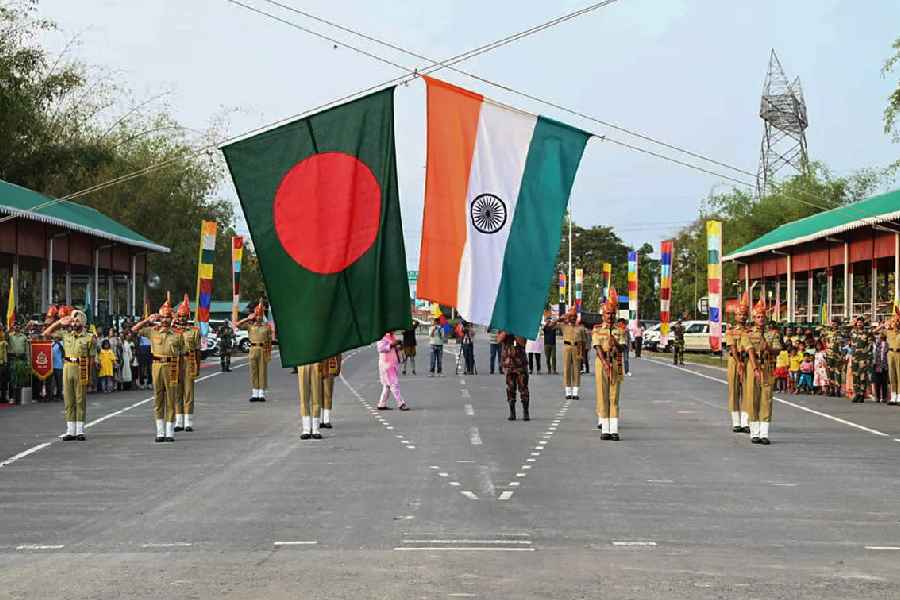An Olympics event is never complete without an official mascot.
This time in Tokyo, it’s Miraitowa, a Japanese doll. Before we start talking about its features and how it came into being, let’s break down the word ‘Miraitowa’ for you. In Japanese language, 'Mirai' means future and 'towa' means eternity.
A doll equipped with Artificial Intelligence (AI), it flaunts shades of indigo blue, a colour that holds considerable importance in Japanese history. As you can already see in the image, Miraitowa has large ears and eyes that cannot go unnoticed, and a facial pattern that reminds one of ancient samurai helmets. Although fictionally, it is blessed with superpowers such as teleportation.
The mascot, which embodies the spirit of the old Japanese proverb “to learn old things well and to acquire new knowledge from them”, is the fusion of advanced technology and the country's culture.
How did Miraitowa come into being
Designed by Japanese artist Ryo Taniguchi, the mascot stood out among 2,042 entries submitted to the Tokyo Organising Committee for a competition held between 2017 to 2018. The committee then presented some mascot designs to Japanese school students for a final call.
Miraitowa was eventually unveiled in July 2018 during a naming ceremony in Tokyo midtown Hibiya, where Paralympics mascot Someity was also presented. Mascots usually welcome visitors at sporting events and keep the tempo going among children and fans. But their importance has a global importance, too. They're considered ambassadors of the Games as well.
Cultural relevance of Indigo on Miraitowa
Indigo blue dates back to the Edo period (1603 to 1868) of Japanese history, when people belonging to higher social classes wore bright colours. The colour gained widespread popularity as it provided skin relief to those suffering from eczema, along with its anti-bacterial and insect-repellent properties. The samurai also preferred indigo-coloured clothes to ward off wound infections. Slowly, people started adopting the colour for other household items as well. The indigo dye is primarily associated with Japan, but the production of this commodity, which slowly became a major point of reference in the country’s early modern history, was grown and developed in the Shikoku region in the 10th century.











